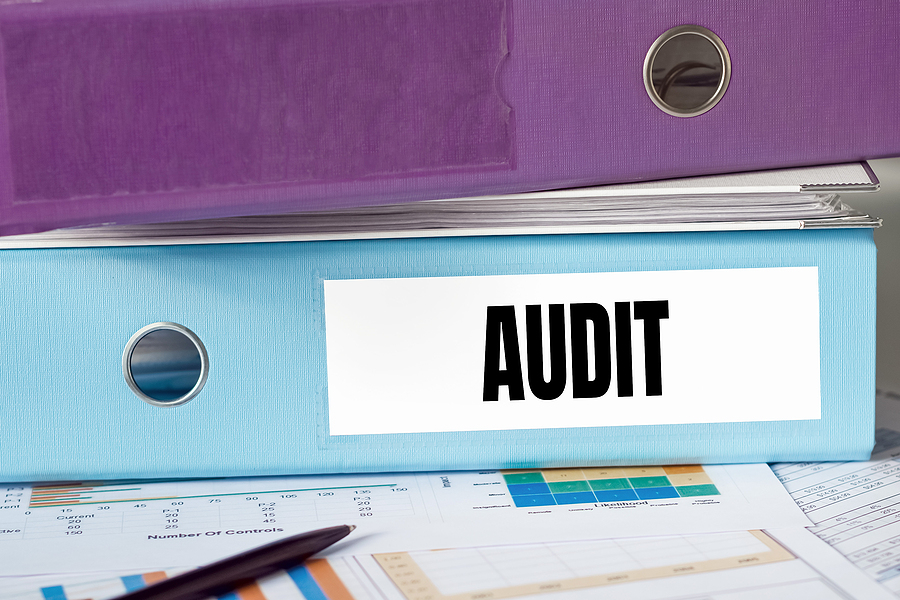Using Analytics to Improve Efficiency for Audits
Kirsch CPA Group
Aug 25, 2023

Analytical procedures are required for all financial statement audit engagements, according to the auditing standards published by the American Institute of Certified Public Accountants (AICPA). Audit analytics can help minimize the time and cost associated with performing fieldwork. Here’s an overview of financial analytics and how they’re used by auditors.
What Are Analytics?
The AICPA publishes guidance on using analytics during a financial statement audit. The auditing standards define analytical procedures as “evaluations of financial information through analysis of plausible relationships among both financial and nonfinancial data. Analytical procedures also encompass such investigation, as is necessary, of identified fluctuations or relationships that are inconsistent with other relevant information or that differ from expected values by a significant amount.”
Auditors use analytics to understand or test financial statement relationships or balances. They customize their procedures, depending on the size and complexity of the company.
Which Procedures Will Your Auditor Use?
Analytics can sometimes be used in lieu of verifying or testing procedures to determine whether an account balance or transaction appears reasonable. The sophistication, extent and timing of the analytical procedures varies depending on the situation. For example, analytics could help auditors:
- Identify unusual transactions and events, as well as amounts, ratios and trends, which indicate possible financial statement audit risks,
- Obtain audit evidence about particular assertions related to account balances or classes of transactions,
- Uncover relationships between data, which might indicate that fraud has occurred, and
- Review financial information in the final review stage of the audit.
What’s right is a matter of the auditor’s professional judgment. Judgment also comes into play when establishing the appropriate threshold for discrepancies that can be accepted without further investigation. This threshold is influenced primarily by the concept of materiality and the desired level of assurance. The threshold should factor in the possibility that a combination of misstatements could aggregate to an unacceptable amount.
How Do Auditors Apply Analytics?
When performing analytics, auditors generally follow five steps:
- Form an independent expectation based on the company and its industry,
- Identify differences between expected and reported amounts,
- Brainstorm all possible causes for the discrepancy,
- Determine the most probable cause(s) for the discrepancy, and
- Evaluate discrepancies to determine the nature and extent of any additional auditing procedures.
Any discrepancy is compared to the auditor’s threshold for analytical testing. If the difference is less than the threshold, the auditor generally accepts the recorded amount without further investigation and the analytical procedure is complete. If the difference is greater than the threshold, additional procedures may be needed.
Additional investigation is required for significant fluctuations or relationships that are materially inconsistent with other relevant information or that differ from expected values. For differences above the threshold, the auditor will likely inquire about the reason. Many discrepancies have “plausible” explanations, usually related to:
- Unusual transactions or events, or
- Accounting or business changes.
Plausible explanations typically require corroborating audit evidence. For differences that are due to misstatement (rather than a plausible explanation), the auditor must decide whether the misstatement is material (individually or in the aggregate). Material misstatements typically require adjustments to the amount reported and may also necessitate additional audit procedures to determine the scope of the misstatement.
Let’s Work Together
In today’s volatile marketplace, it’s important for companies to forewarn their auditors about major developments during the accounting period, including recent changes to the company’s operations, accounting methods or market conditions. This information can help auditors develop more reliable expectations for analytical testing and identify plausible explanations for significant changes from the balance reported in prior periods.
We can help you tackle business challenges like these – schedule an appointment today.
© Copyright 2023. All rights reserved.
More Resources

About The Author
Kirsch CPA Group is a full service CPA and business advisory firm helping businesses and organizations with accounting,…
Sign Up for Email Updates
Tags
Accounting & Financial News

6 Year-End Small Business Tax Saving Tips
There's still time for small businesses and their owners to implement strategies to save taxes for 2025.…

Manufacturers: Act Now To Claim the Sec. 179D Deduction for Energy-Efficient Building Improvements
The One Big Beautiful Bill Act (OBBBA) repeals or reduces many clean energy tax incentives, including the…



